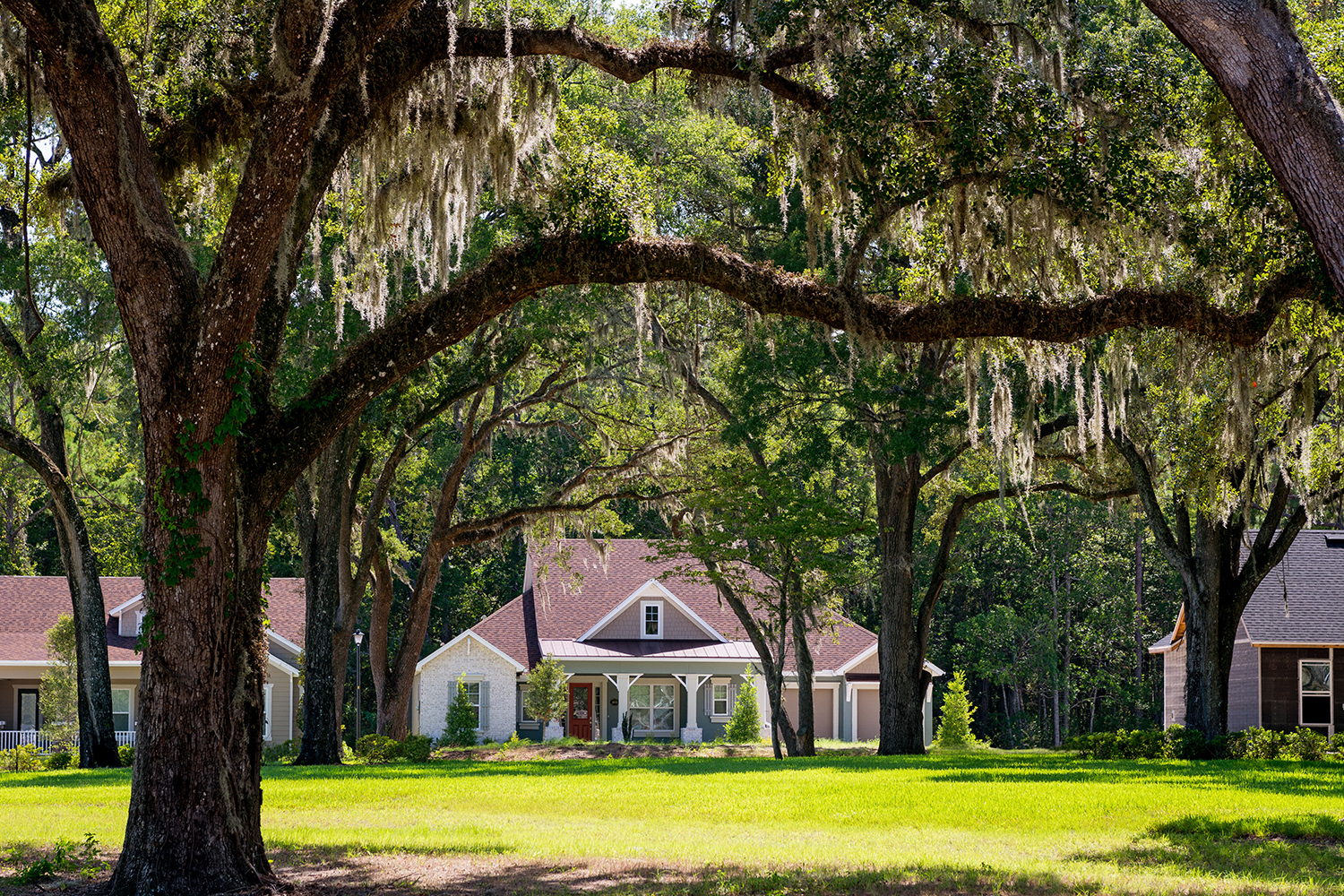Last week we started a discussion about the interface between land planning and architecture.
We covered some the architectural challenges that complicate the process of buying lots for existing house plans. If you missed it, you could find a link to the previous blog here.
Now let’s cover some of the many challenges that developers encounter as they attempt to maximize their investment and create communities where people want to live.
These not-so-simple site planning challenges include wetlands, tree protection, challenging topography, easements, and utilities. Some of the challenges are immediately apparent – like overhead power lines or giant, heritage oak trees. But others – like wetlands – may not be obvious from a quick site inspection because often they are not wet. Soil contamination from a previous usage is another hidden obstacle that may make developing a prime site very expensive.
Save the Trees
But through collaboration, I have seen challenges become assets. My previous neighborhood, Old Still, had some heritage oak trees that made laying out the neighborhood a challenge. A wide shallow approach for the lots created large, tree covered greenspace between the houses. This eliminated any back-to-back lots, and the trees became a view amenity.
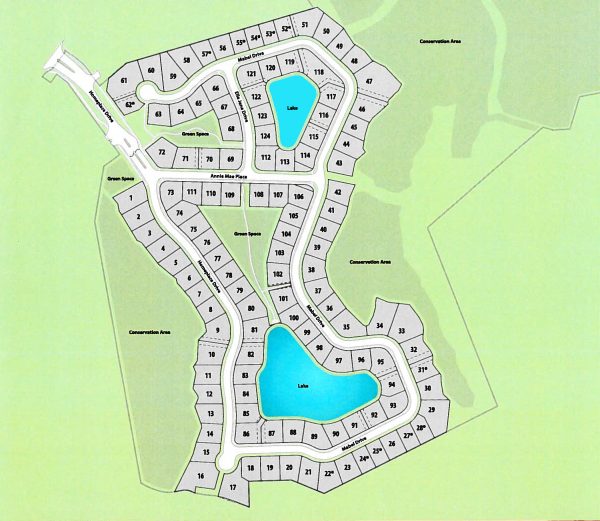
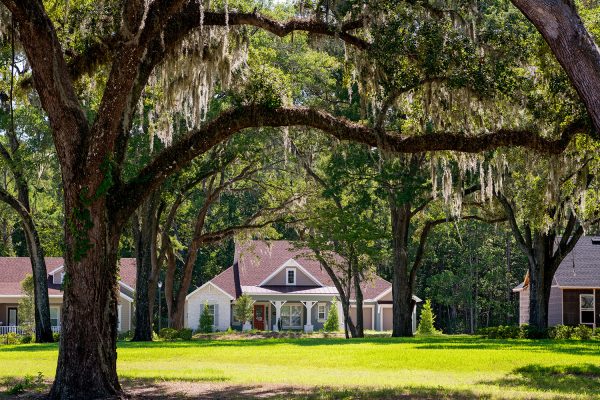
The building pads were 60’ wide, which made the houses look and a great streetscape. The garages were setback 20’ from the right of way for driveways. The building depth at the garage was a maximum of 45’. However, the porch and house could be forward of the garage an additional 10’, which gave the community a pedestrian friendly ambiance. The builder wisely tested the building envelope first before finalizing the land plan.
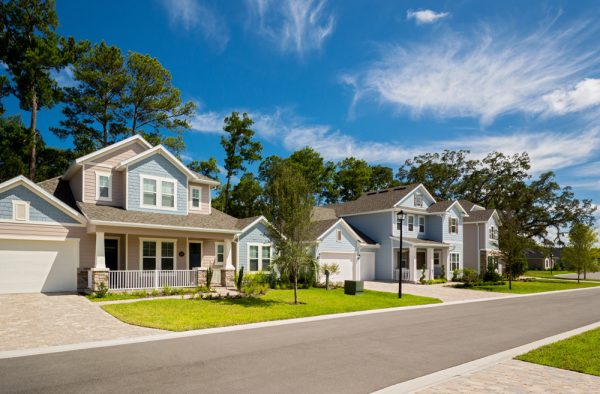
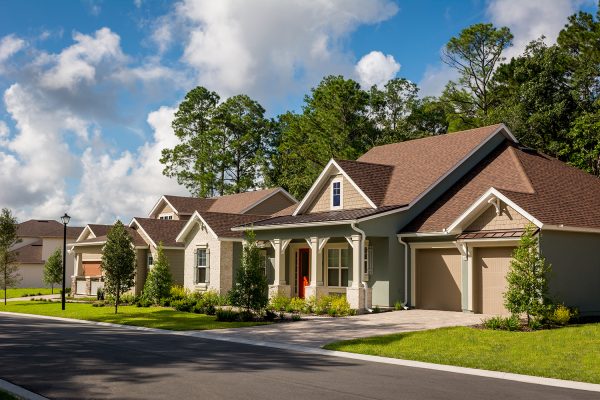
What about the Wetlands
I’m sure you’ve heard it before – “What do you mean, this site has a wetland?” Some wetlands are most often dry, but if properly maintained can become a view amenity. Others can become shallow stormwater ponds to periodically collect water. In one townhome community, the stormwater pond has become a view amenity for both the community and created lot premiums for the townhomes overlooking it.
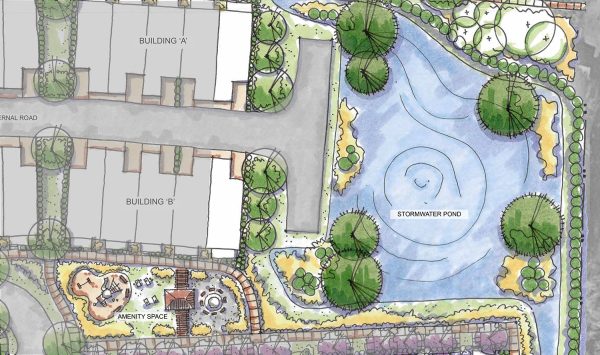
Sometimes the Math Doesn’t Work
In a perfect world, the building envelope and the site are a perfect fit. But when the math doesn’t work, it is back to the drawing board. Recently, we were working on a rental cottage community and had designed duplex units that clustered around a greenspace. But when the land planner laid out the site, the clusters of nine homes wasn’t an efficient use of the site. By shaving 3 feet in depth and 9 feet in width, we created an additional 36’ for parking and other site amenities.
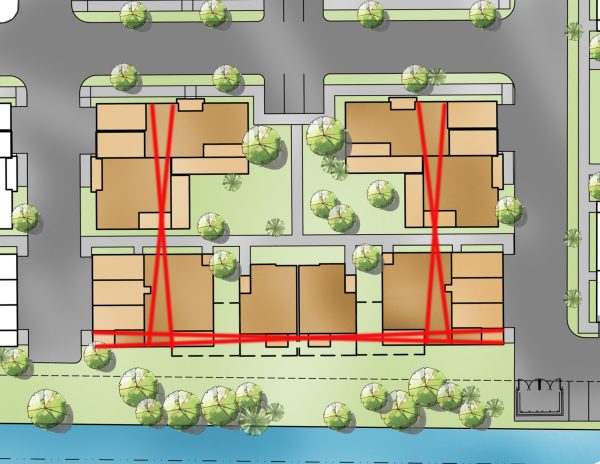
In other words, it was back to the drawing board for the architect.
Sometimes Crazy Happens
Just last week, one of our client’s sent us a very “large” lot in overall acreage (over half an acre). It was over 300’ across the back of the lot and was at the end of a cul-de-sac. Perfect for a family. But this large lot was oddly shaped and had a 40’ front setback and a 30’ rear setback leaving only 36’ of depth in the middle. “Hey – can you guys make this work?”
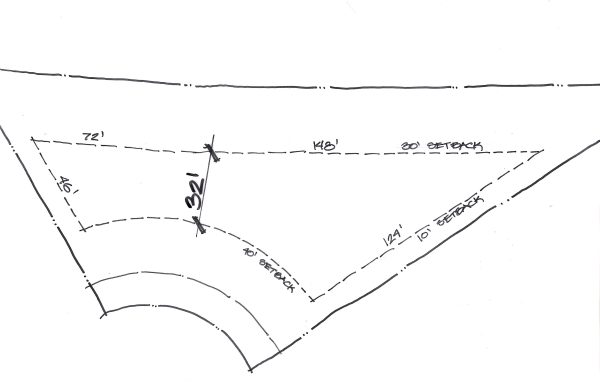
No surprise – it was a resale lot as the previous owner couldn’t make the lot work. It was also the last lot in the community. Stay tuned for our progress on this project. We love a challenge!
Do you have any challenges marrying a site and the architecture together? Remember, collaboration is the key – so why not give us a call and let’s see what we can work out.
Categorized in: Uncategorized
This post was written by Housing Design Matters


